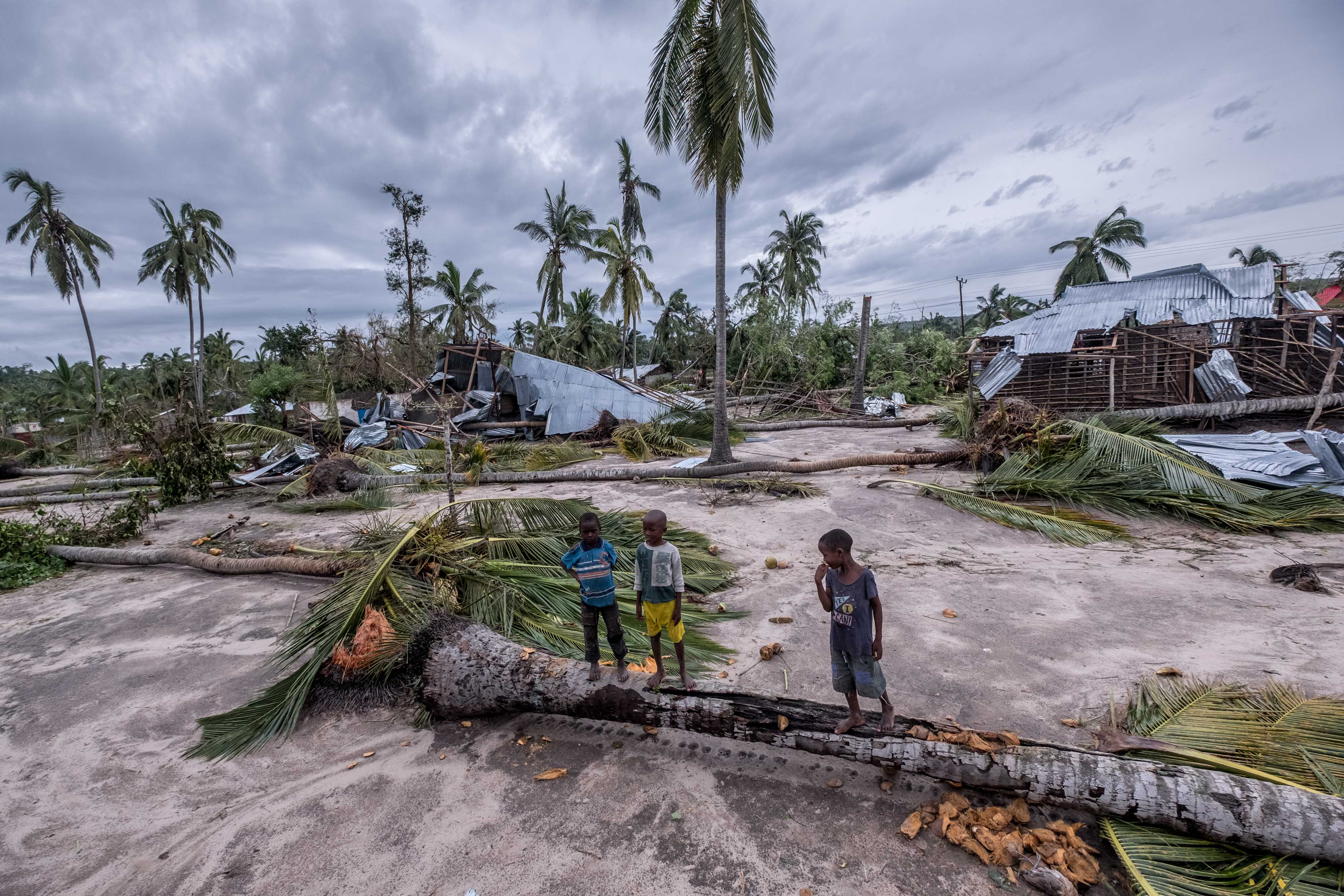UN: Weather disasters soar in numbers, cost, but deaths fall
GENEVA — Weather disasters are striking the world four to five times more often and causing seven times more damage than in the 1970s, the United Nations weather agency reports. But these disasters are killing far fewer people. In the 1970s and 1980s, they killed about 170 people a day worldwide. In the 2010s, which dropped to about 40 per day, the World Meteorological Organization said on a Wednesday that it looked at more than 11,000 weather disasters in the past half-century. The report comes during a disaster-filled summer globally, including deadly floods in Germany and a heatwave in the Mediterranean. Powerful Hurricane Ida and an onslaught of drought-worsened wildfires struck the United States simultaneously.
“The good news is that we have been able to minimize the number of casualties once we have started having the growing amount of disasters: heatwaves, flooding events, drought, and especially … intense tropical storms like Ida, which has been hitting Louisiana and Mississippi recently in the United States,” Petteri Taalas, WMO’s secretary-general, told a news conference. “But the bad news is that the economic losses have been proliferating, and this growth is supposed to continue,” he added. “We are going to see more climatic extremes because of climate change, and these negative trends in climate will continue for the coming decades.”

In the 1970s, the world averaged about 711 weather disasters a year. Still, from 2000 to 2009, that was up to 3,536 a year or nearly ten a day, according to the report, which used data from the Centre for Research on the Epidemiology of Disasters in Belgium. The average number of yearly disasters dropped a bit in the 2010s to 3,165, the report said. Most death and damage during 50 years of weather disasters came from storms, flooding, and drought. More than 90% of the more than 2 million deaths are in what the U.N. considers developing nations, while nearly 60% of the economic damage occurred in more affluent countries.
In the 1970s, weather disasters cost about $175 billion globally when adjusted to 2019 dollars. That increased to $1.38 trillion for the period from 2010 to 2019. What’s driving the destruction is that more people are moving into dangerous areas as climate change makes weather disasters stronger and more frequent, U.N. disaster and weather officials said. Meanwhile, experts said better weather warnings and preparedness reduce the death toll. Susan Cutter, director of the Hazards and Vulnerability Research Institute at the University of South Carolina, noted progress in learning to live with risk and protect ourselves.
“On the other hand, we’re still making stupid decisions about where we’re putting our infrastructure,” she said. “But it’s OK. We’re not losing lives; we’re just losing stuff.” Samantha Montano, an emergency management professor at the Massachusetts Maritime Academy and author of the book “Disasterology,” said she worries that death tolls may stop decreasing because of the increase in extreme weather from climate change especially hitting poorer nations. “The disparity in which countries have had the resources to minimize disaster deaths is of huge concern,” mainly due to climate change,” she said. “Deaths decreasing in recent decades does not mean they will continue to do so unless we continue to invest in these efforts.”
Hurricane Ida is an excellent example of heavy damage and probably less loss of life than past major hurricanes, Cutter said. This year, she added, weather disasters “seem to be coming every couple weeks,” with Ida, U.S. wildfires, and floods in Germany, China, and Tennessee. The five most expensive weather disasters since 1970 were all storms in the United States, topped by 2005’s Hurricane Katrina. The five deadliest weather disasters were in Africa and Asia — completed by the Ethiopian drought and famine in the mid-1980s and Cyclone Bhola in Bangladesh in 1970.




